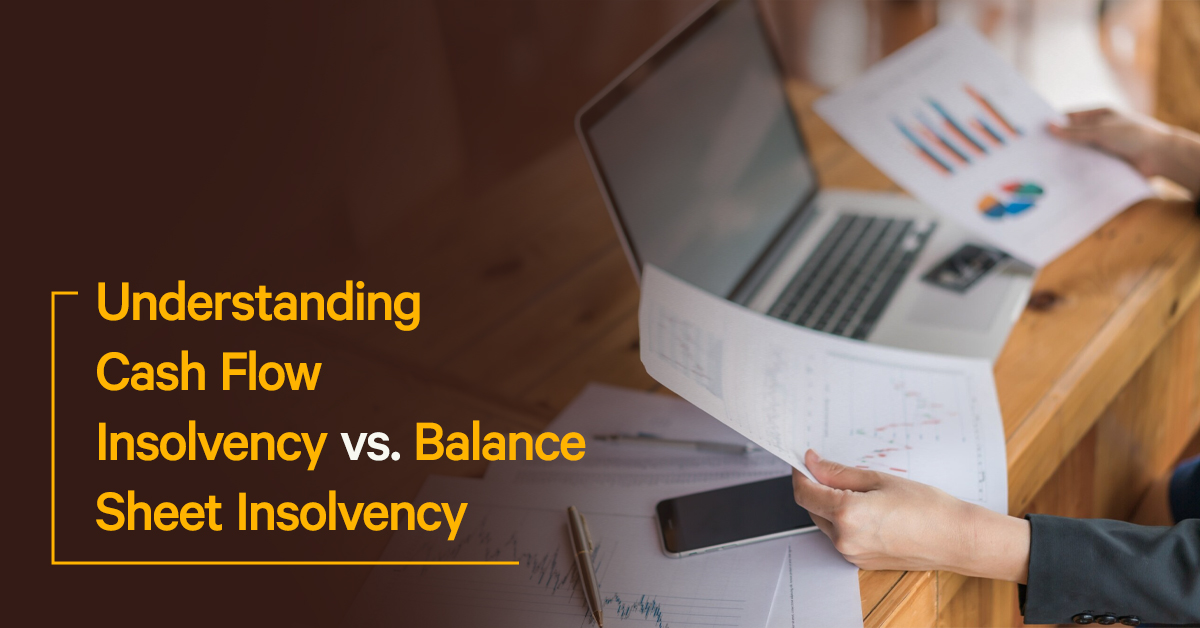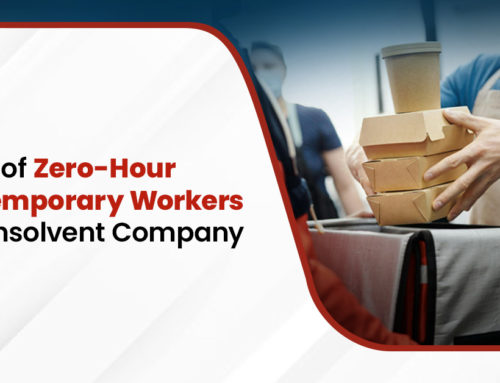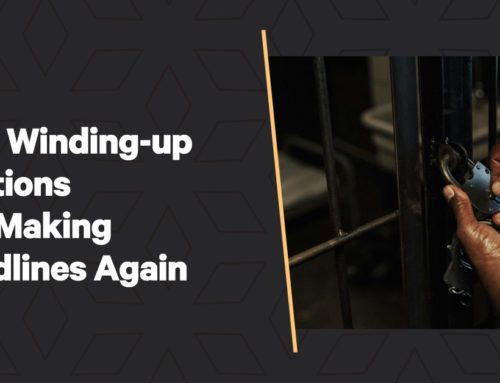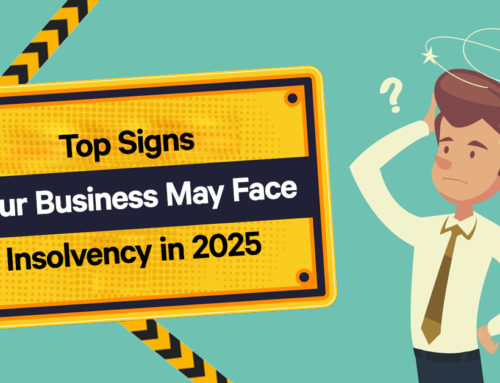Insolvency can be a challenging and complex issue for businesses to manage. If you’re a business owner or involved in financial management, it’s essential to understand the different types of insolvency that may arise. Two key terms are Cash Flow Insolvency and Balance Sheet Insolvency. Though they may sound similar, they represent particular financial conditions that can affect the future of your business. This blog explores both types of insolvency, clarifying how they differ and what they mean for your company.
What is cash flow insolvency?
Cash flow insolvency happens when a business doesn’t have enough cash to meet its short-term liabilities despite potentially being profitable on paper. Although the business may own valuable assets, generate revenue, or have a positive balance sheet, it faces an immediate liquidity crisis. The company may struggle to pay suppliers, employees, or other creditors as payments fall due.
Cash flow insolvency can often be because of poor cash management, delayed customer payments, or a mismatch between cash inflows and outflows. It doesn’t necessarily indicate that the company is failing overall but that the business is temporarily unable to meet its financial obligations. This type of insolvency can be corrected by improving cash flow management, renegotiating payment terms, or securing emergency funding.
Signs of cash flow insolvency
Recognising cash flow insolvency early is essential to prevent the situation from escalating. Some common signs include:
- Missed payments: Struggling to pay bills, wages, or loan repayments on time.
- Excessive overdraft use: Relying on an overdraft or credit lines to cover regular expenses.
- Supplier or credit issues: Difficulty maintaining relationships with suppliers or creditors due to late payments.
- Declining profitability: Even though revenue might be coming in, the business struggles to convert it into available cash.
If your business is facing these challenges, it may be time to take action to avoid more severe consequences.
What is balance sheet insolvency?
Balance sheet insolvency, on the other hand, happens when a business’s total liabilities exceed its total assets. In other words, the company is technically ‘in the red’ and unable to pay off all its debts even if it liquidated all its assets. Unlike cash flow insolvency, which focuses on short-term liquidity, balance sheet insolvency reflects a deeper, long-term financial problem. It indicates that the business is financially unsustainable and may not have the resources to continue operations in the long run without substantial restructuring or external help.
A business experiencing balance sheet insolvency typically faces a severe financial crisis and might need to consider restructuring, selling off assets, or entering formal insolvency procedures such as administration or liquidation.
Signs of balance sheet insolvency
Balance sheet insolvency can be detected by reviewing the company’s financial statements, particularly the balance sheet. Some key indicators include:
- Excessive debt: When liabilities (including loans, mortgages, and payables) are more than the value of assets.
- Negative net worth: A company’s equity, or the difference between assets and liabilities, is negative.
- Inability to access new funding: Difficulty obtaining further loans or credit lines due to the company’s poor financial standing.
How can businesses address cash flow insolvency?
Although cash flow insolvency can be difficult to manage, there are several strategies that businesses can implement to overcome the situation and return to financial health:
1. Improve cash flow management
One of the most effective ways to address cash flow insolvency is to better manage the inflow and outflow of cash. That includes tightening credit terms for customers, offering discounts for early payments, closely monitoring overdue receivables, and reducing unnecessary overheads and operational costs.
2. Restructure payment terms
Renegotiating payment terms with suppliers or creditors can help ease immediate cash flow pressure. Extending the time frame for settling debts or arranging payment plans can provide the breathing space necessary for stabilising your finances.
3. Seek additional funding
In some cases, securing short-term financing can help resolve cash flow problems. Options include overdrafts, business loans, or even crowdfunding. However, it’s important to carefully assess whether taking on more debt is a sustainable solution.
4. Tighten internal controls
Improving internal controls over finances and operations can prevent cash flow problems from recurring. Regular cash flow forecasting, better financial monitoring, and more efficient procurement practices are all key to maintaining financial stability.
How can businesses address balance sheet insolvency?
In contrast to cash flow insolvency, addressing balance sheet insolvency typically requires more substantial interventions:
1. Restructure debt
One option for businesses facing balance sheet insolvency is negotiating with creditors to restructure debt. This can involve reducing the amount owed, extending repayment terms, or converting debt into equity.
2. Sell assets
Selling non-essential assets can help raise funds to pay down liabilities. However, this may only provide a temporary solution if the underlying financial problems aren’t addressed.
3. Enter formal insolvency
If restructuring efforts fail, businesses may need to consider formal insolvency proceedings. Options include administration, where a third party helps to manage the company’s debts, or liquidation, where the company’s assets are sold off to pay creditors.
Act quickly to address insolvency issues
Whether you’re dealing with cash flow insolvency or balance sheet insolvency it’s vital to act quickly and address the problem before it becomes unmanageable. Both forms of insolvency can have serious consequences, but they also present opportunities for businesses to make strategic changes, secure funding, or implement effective financial management practices. If you’re unsure of the best course of action for your business, seeking expert advice can make all the difference.
Get in touch
Call us on 0800 246 1845 or email us at mail@leading.uk.com. Our team of insolvency specialists is here to provide expert advice tailored to your unique financial situation. We’re dedicated to guiding you through every step of the process, ensuring you make informed decisions to safeguard the future of your business. Don’t wait for the situation to worsen – contact us today for professional support you can trust.






